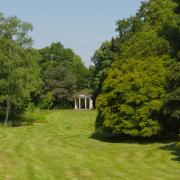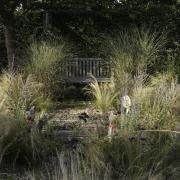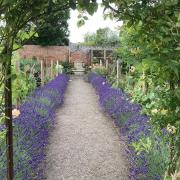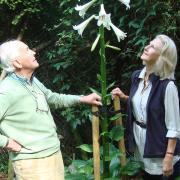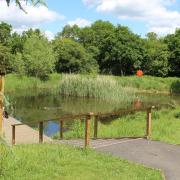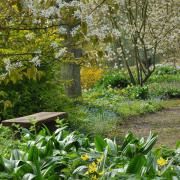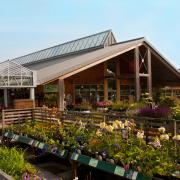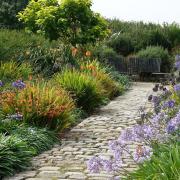This year sees the 300th anniversary of the birth of one of our most influential landscapers ‘Capability’ Brown. Philippa Pearson looks at his impact on our gardens today and his strong connection with the county of Essex

Lancelot ‘Capability’ Brown changed the face of 18th century England by designing country estates, moving hills, digging lakes and serpentine rivers, and creating vast parklands on an immense scale. His work is highlighted this year as a major festival celebrates his life, work and legacy in the year of the 300th anniversary of his birth.
Brown’s vision was to reshape the land in parks and gardens from formal geometric plots into a pastoral delight of comfort and elegance, literally changing the face of the landscape into the quintessential English countryside we know and that is recognised throughout the world today. He is remembered for landscape on an immense scale, constructing not only gardens and parkland, but planting woods and building farms linked by carriage drives, or ‘ridings’, many miles from the main house, and his influence reached out to many designers: in fact he still continues to be inspirational today.
Brown was born in Northumberland in 1716 and was buried after his death in 1783, in Fenstanton, Cambridgeshire. He was an entrepreneur, salesman, an extremely effective businessman and a skilled water engineer. He included complex drainage schemes in many of his designs and created lakes that covered up to 80 acres of ground forming a single body of water as if a river were running through the landscape. Another of his design icons was the ha-ha. These are dry ditches or sunken fences that divide formal gardens from landscaped parks without interrupting the view, and also keep livestock off ornamental areas. Brown was determined that everything should work in his designs, paying great attention to detail, and that the landscape should provide for every need of the great house, but he also wanted his landscapes to be coherent and elegant. The memorable nickname ‘Capability’ is thought to come from his commenting to potential clients that their estate land had great ‘capabilities’.

While Brown was prolific in the creation of his estates and parkland throughout the country, very few records remain of where he worked. In Essex it is said that he provided designs for nine estates, although some of his landscapes have reverted to agriculture and other uses now. At Audley End near Saffron Walden, Brown remodelled the extensive formal gardens that were originally laid out in 1615. In the second half of the 18th century, owner Sir John Griffin employed the architect Robert Adams to make and add improvements to the house while Brown worked on the grounds. He swept away the remains of the formal landscape and Adam provided designs for elaborate garden buildings. Also near Saffron Walden, Shortgrove Park was landscaped by Brown between 1753 and the 1770s. When he inherited the estate, Percy Wyndham called Brown in to lay out new grounds around the house and substantial changes were made to the park over the years by him. His work is recorded on an estate survey dated 1786, a rare, surviving documented note of Brown’s work. In 1757, he drew up plans for altering the lake at Hatfield Forest for the owner Jacob Houblon III, part of which was implemented. 15 years later, Brown was again consulted by the Houblon family, this time for the adjacent Hallingbury Park. This summer, there’s an open air theatre production at Hatfield Forest showcasing the life of Capability Brown as a tribute.
The nine sites in Essex attributed to Brown’s input or style are Audley End, Belhus, Coopersale, Copped Hall, Hallingbury, Hatfield Forest, Navestock, Shortgrove Park and Thorndon Country Park. The Essex Gardens Trust has had talks for their members about Brown’s work and there’s a guided tour around Audley End in May. Across the country there are many events and activities happening as part of the Capability Brown Festival, ranging from music and dance commissions, exhibitions, special Georgian afternoon teas, renovation of Brown landscapes and art events.
Brown’s seemingly effortless approach to his landscapes was acknowledged in his obituary, which commented: ‘Where he is the happiest man he will be least remembered, so closely did he copy nature his works will be mistaken.’

Capability Brown Events
Essex Gardens Trust (Throughout May)

Audley End House and Gardens, London Road, Saffron Walden CB11 4JF
Enjoy guided tours at Audley End. Places must be booked. www.essexgardenstrust.org.uk
Capability Brown 300 Years Festival (August 30)
Hatfield Forest, Takeley CM22 6NE
Quantum Theatre Production present The Histoire of Capability Brown, charting the life of Capability Brown as he rises from gardener of Stowe to the talk of London town. www.capabilitybrown.org/events






